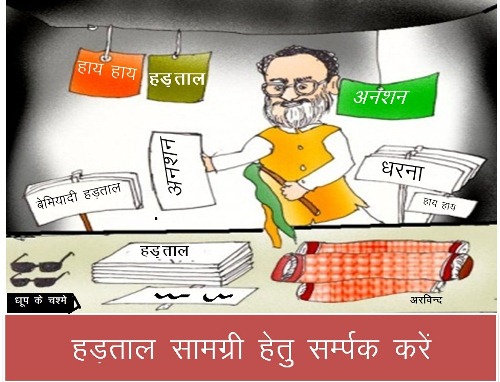Washington, April 9 (IANS) Lashkar-e-Taiba (LeT), the Pakistani militant group that has waged a campaign of asymmetric warfare against Indian security forces in Kashmir for two decades, is now becoming global in its interests and priorities, a new US study warns.
Its high-profile November 2008 terrorist attack on Mumbai and the case of Pakistani American LeT operative David Headley, who conducted the reconnaissance for the attack, had spotlighted the evolving threat it poses to regional security and Western interests, it says.
Titled “The Fighters of Lashkar-e-Taiba: Recruitment, Training, Deployment and Death,” the 61-page report by the Combating Terrorism Centre at the US Military Academy in West Point, New York is primarily focused on LeT and its integration into Pakistani society.
The Mumbai “attack, coupled with LeT’s recruitment of Westerners and linkages to a number of other international terror plots over the past decade, have heightened concerns that the group’s interests and operational priorities are no longer just regional, but that they are also becoming (or have already become) global,” the study said.
Based on a study of over 900 biographies of the deceased LeT militants the report provides an insight into LeT’s local recruits, the nature of the time they spend with the group and how these dynamics have changed over time.
According to the West Point report, the mean age when a recruit joins LeT is 16.95 years, while the militants’ mean age at the time of their death is 21 years. The mean number of years between an LeT militant’s entry and death is 5.14 years.
Noting that siblings and parents play important roles in a fighter’s entry into and journey through LeT, the report suggests that scholars should reconsider the value of parental influences in understanding radicalization and a young person’s decision to participate in jihad.
The vast majority of LeT’s fighters are recruited from Pakistan’s Punjab province, the report says.
While LeT’s recruitment is diversified across the north, central and southern parts of the Punjab, the highest concentration of LeT fighters have come (in order of frequency) from the districts of Gujranwala, Faisalabad, Lahore, Sheikhupura, Kasur, Sialkot, Bahawalnagar, Bahawalpur, Khanewal, and Multan, it said.
The West Point report identified twelve different channels of LeT recruitment, the most common forms of which include recruitment via: a current LeT member (20 percent), a family member (20 percent), mosque or madrassa (17 percent), LeT speech or literature (12 percent), and friends (5 percent).
Since 2000 there has been a strong upward trend in recruitment via family members and by 2004, this channel contributed to over 40 percent of LeT recruitment.
LeT training has historically occurred in Muzaffarabad, Pakistan and in Afghanistan. Together these two locations have accounted for 75 percent of LeT militant training over time, the report said.
About 94 percent of fighters list Indian Kashmir as a fighting front, it said. “Although less relevant, Afghanistan, Chechnya, Tajikistan and Bosnia are also identified in the biographies as other fronts.”
According to West Point data, the districts of Kupwara, Baramulla and Poonch in Indian Kashmir account for almost half of all LeT militant deaths since 1989.
LeT fighter deaths in Indian Kashmir have also become more geographically distributed over time, suggesting that the group has intentionally pursued this type of strategy or is responding to pressure applied-or new campaigns waged-by Indian security services in select districts, the report said.
(Arun Kumar can be contacted at [email protected])
The opinions, beliefs and viewpoints expressed by authors, news service providers on this page do not necessarily reflect the opinions, beliefs and viewpoints of Hill Post. Any views or opinions are not intended to malign any religion, ethnic group, club, organization, company, or individual.
Hill Post makes no representations as to the accuracy or completeness of any information on this site page.



